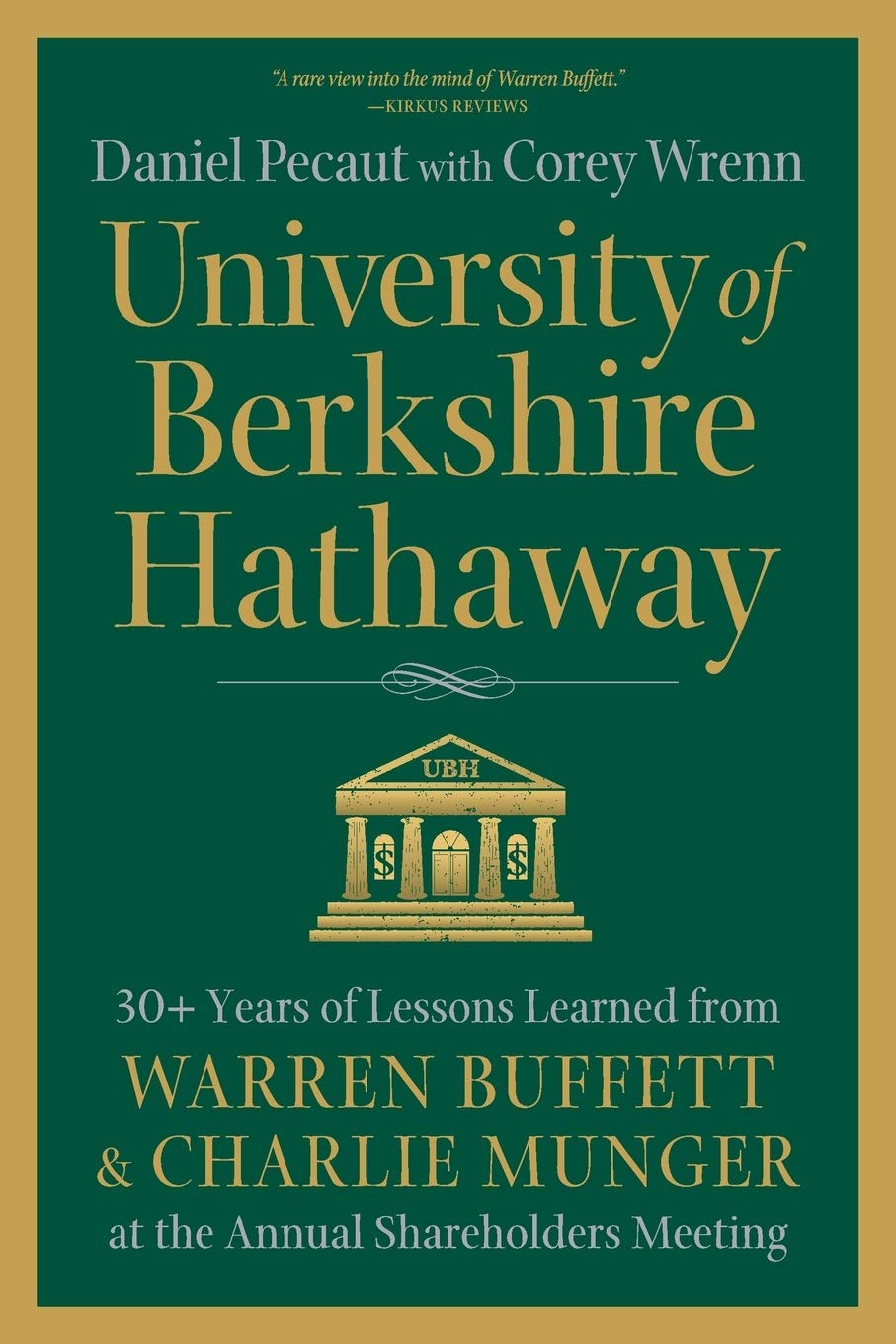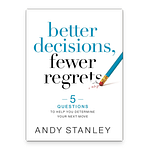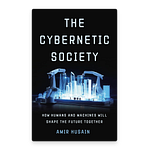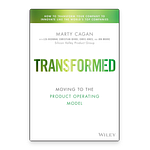A mindset for building durable wealth.
For more than 30 years, a unique kind of university was in session—no campus, no diplomas. Just two of the sharpest minds in business, sharing their philosophy with anyone willing to listen. The classroom? Berkshire Hathaway’s annual shareholder meeting.
Attending this “school” meant more than learning how to invest.…











